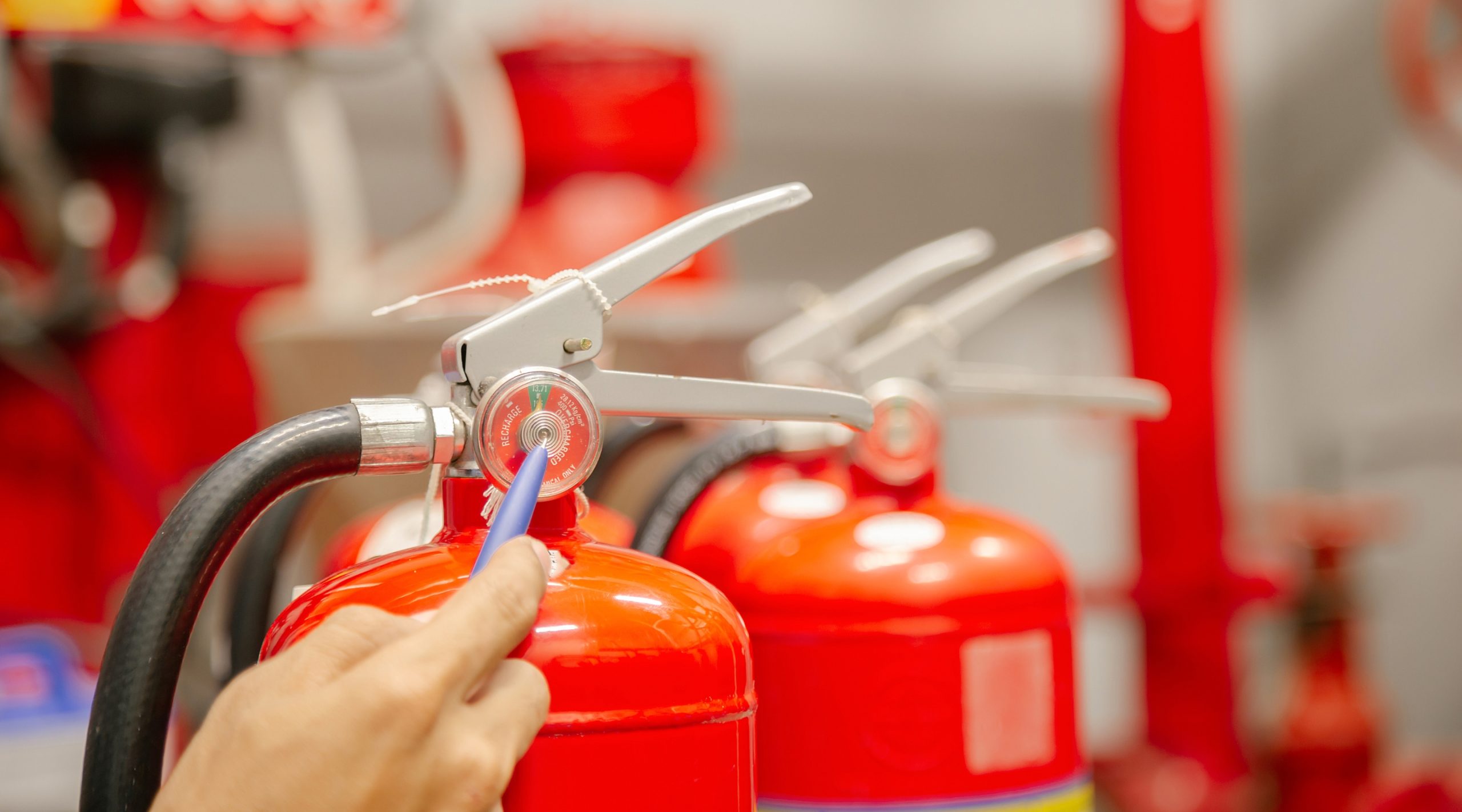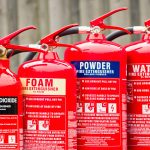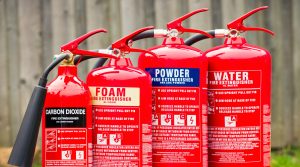
5 Signs It’s Time to Replace Your Fire Extinguisher
Introduction
A fire extinguisher is one of the most reliable tools for safeguarding lives and property in the event of a fire. However, like any safety equipment, it does not last forever. Regular servicing and maintenance of fire extinguishers can extend its usability, but there comes a time when replacement is the safest option. Ignoring the warning signs of a failing fire extinguisher can put your home or business at risk. Here are five key indicators that it’s time to replace your fire extinguisher.
1. Expired or Outdated Extinguisher
Every fire extinguisher has a manufacturer-stated lifespan, typically ranging between 5 to 15 years, depending on the type and brand. You can find the expiration date or manufacturing date on the label or cylinder. If your extinguisher has exceeded its recommended lifespan, it is best to replace it with a new one to ensure optimal performance.
What to Do:
Check the manufacturer’s guidelines for expiration details.
If the extinguisher is past its lifespan, replace it immediately.
2. Visible Physical Damage
Physical wear and tear can significantly impact the performance of a fire extinguisher. Dents, rust, or corrosion on the cylinder can weaken the structure, making it unsafe for use. Cracks in the hose or nozzle can prevent proper discharge, rendering the extinguisher ineffective in an emergency.
Signs to Look For:
Dents or punctures on the cylinder
Rust or corrosion around the body or handle
Cracked or damaged hose and nozzle
3. Pressure Gauge in the Red Zone
Most fire extinguishers have a pressure gauge that indicates whether they are properly charged. If the needle points to the red zone (either too high or too low), it means the extinguisher is not in optimal condition for use. A low-pressure reading can result from a slow leak, while over-pressurization may cause the unit to malfunction or explode.
What You Should Do:
Regularly inspect the pressure gauge.
If it is in the red zone, replace or service the extinguisher immediately.
4. Broken or Missing Safety Seal and Pin
The safety seal and pull pin are crucial components that keep the extinguisher from accidental discharge. If these parts are missing or broken, the extinguisher may have been tampered with or discharged without your knowledge. Without a secure seal, there is no guarantee that the unit will function when needed.
Steps to Take:
Inspect the safety seal and pull pin during routine checks.
If they are missing or damaged, replace the extinguisher or find a reliable fire safety company in Singapore for evaluation.
5. Fire Extinguisher Has Been Used
Even if an extinguisher was used only briefly, it must be replaced or recharged. A partially discharged extinguisher may not have enough pressure or agent left to effectively combat a fire. Recharging is an option, but if the unit is old or has visible damage, replacement is a safer choice.
Next Steps:
If the extinguisher has been discharged, get it serviced immediately.
If it is too old or damaged, replace it with a new one.
Conclusion
Regular maintenance and inspection of fire extinguishers are vital for ensuring they work when needed most. By recognizing these five signs, you can take proactive steps to replace faulty extinguishers and maintain a safe environment. Fire safety is a long-term commitment, and keeping your equipment in top condition is a responsibility that should never be overlooked. If you’re unsure about your extinguisher’s condition, consult a fire extinguisher supplier Singapore for guidance on replacement or servicing options.






